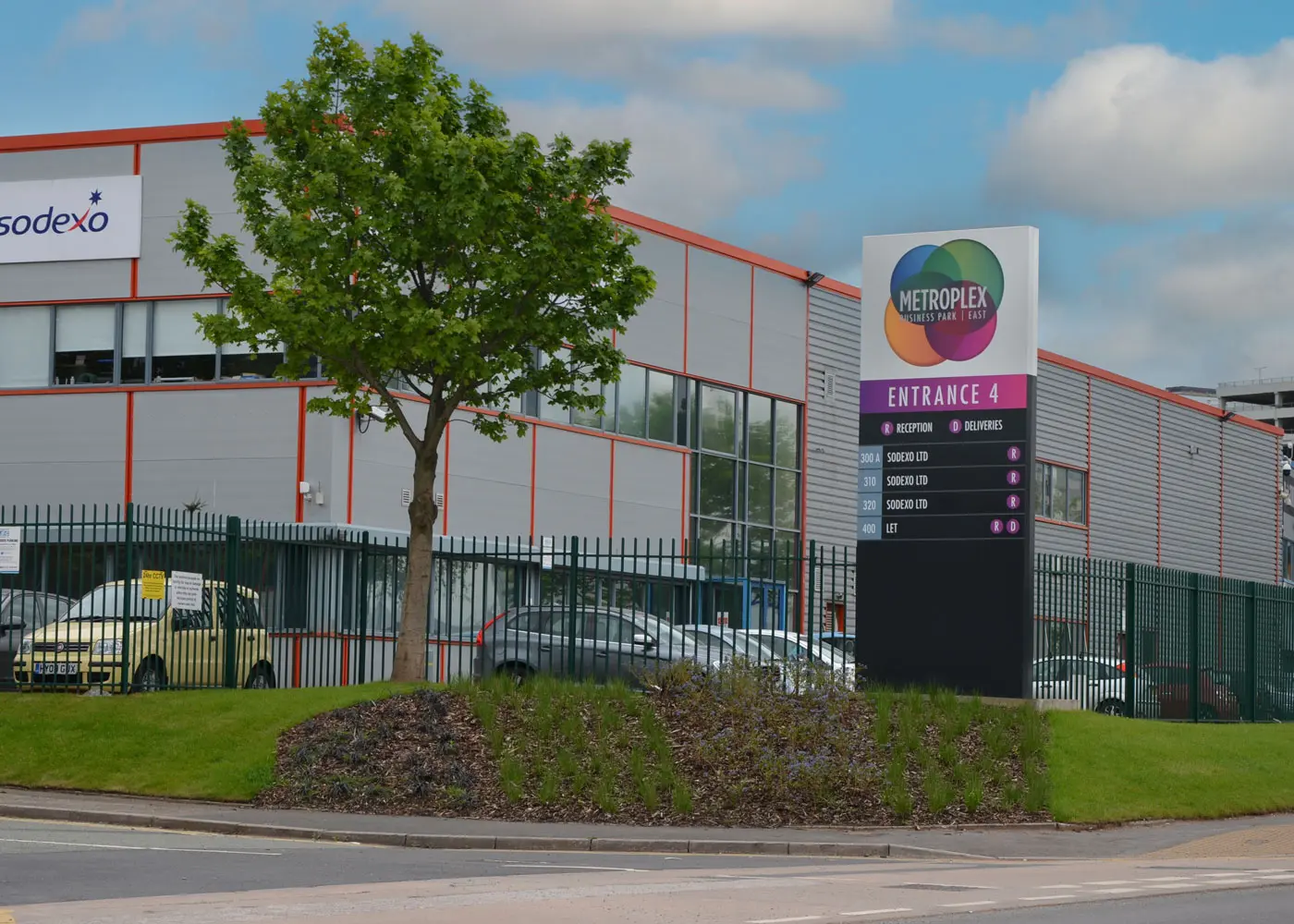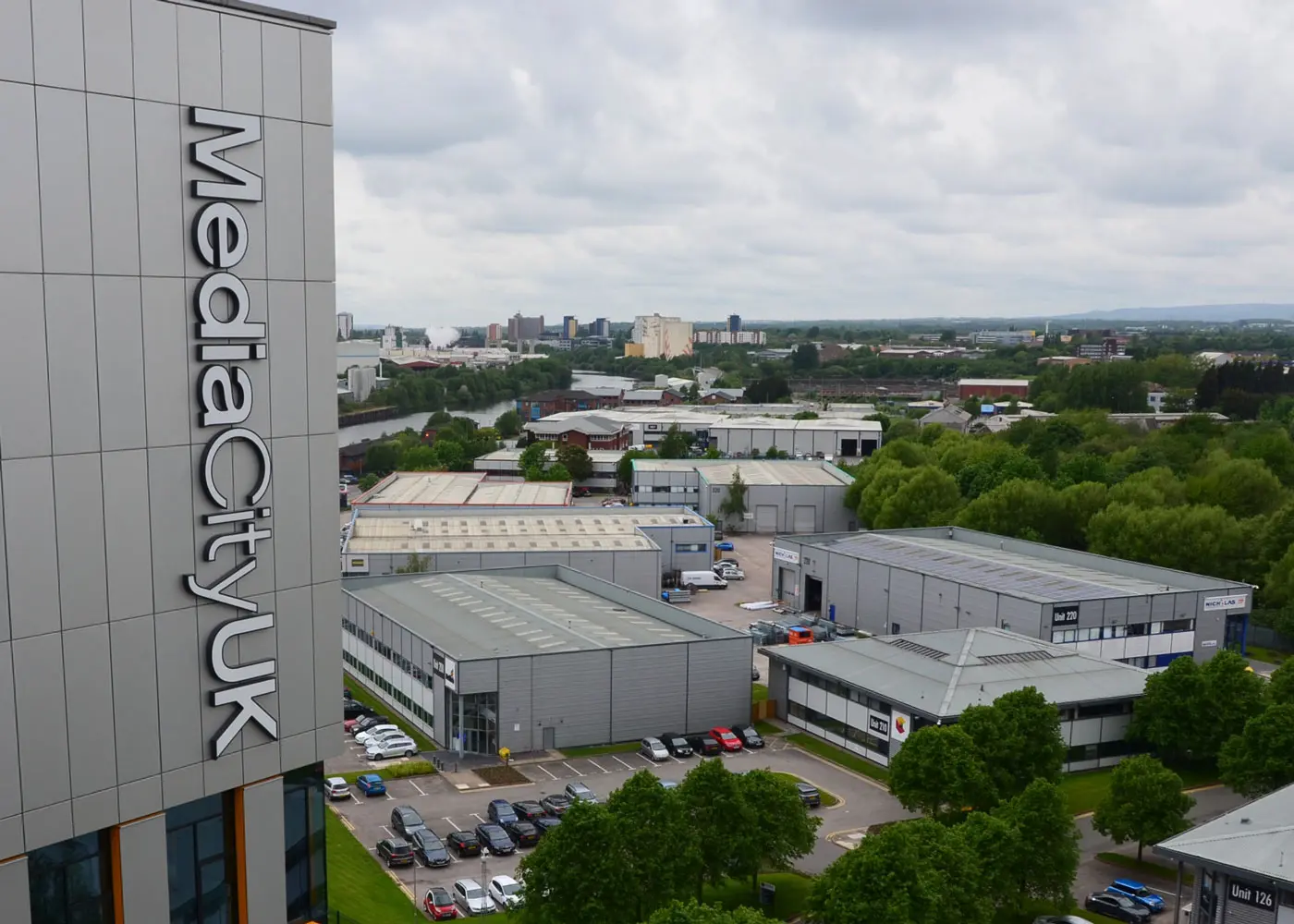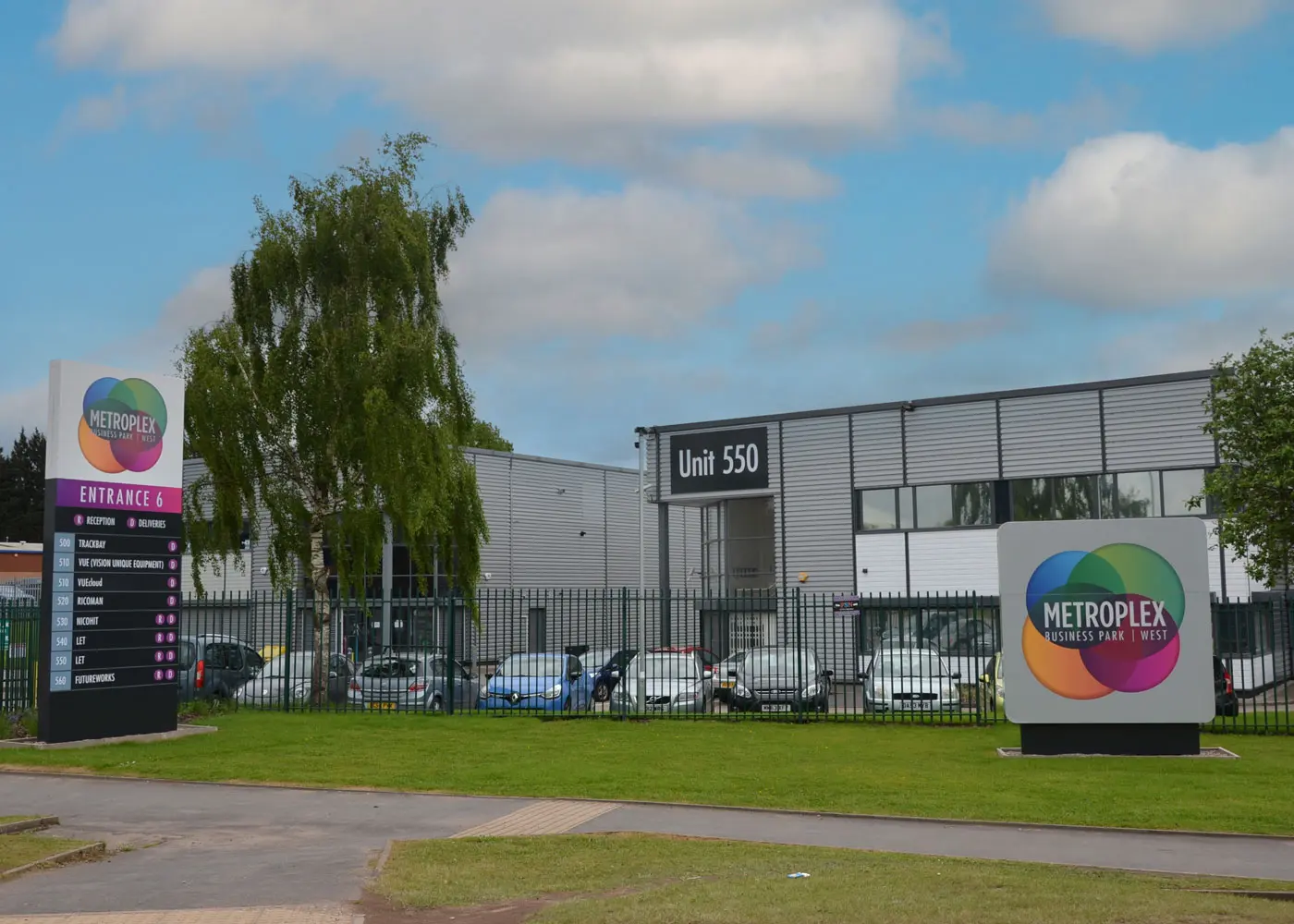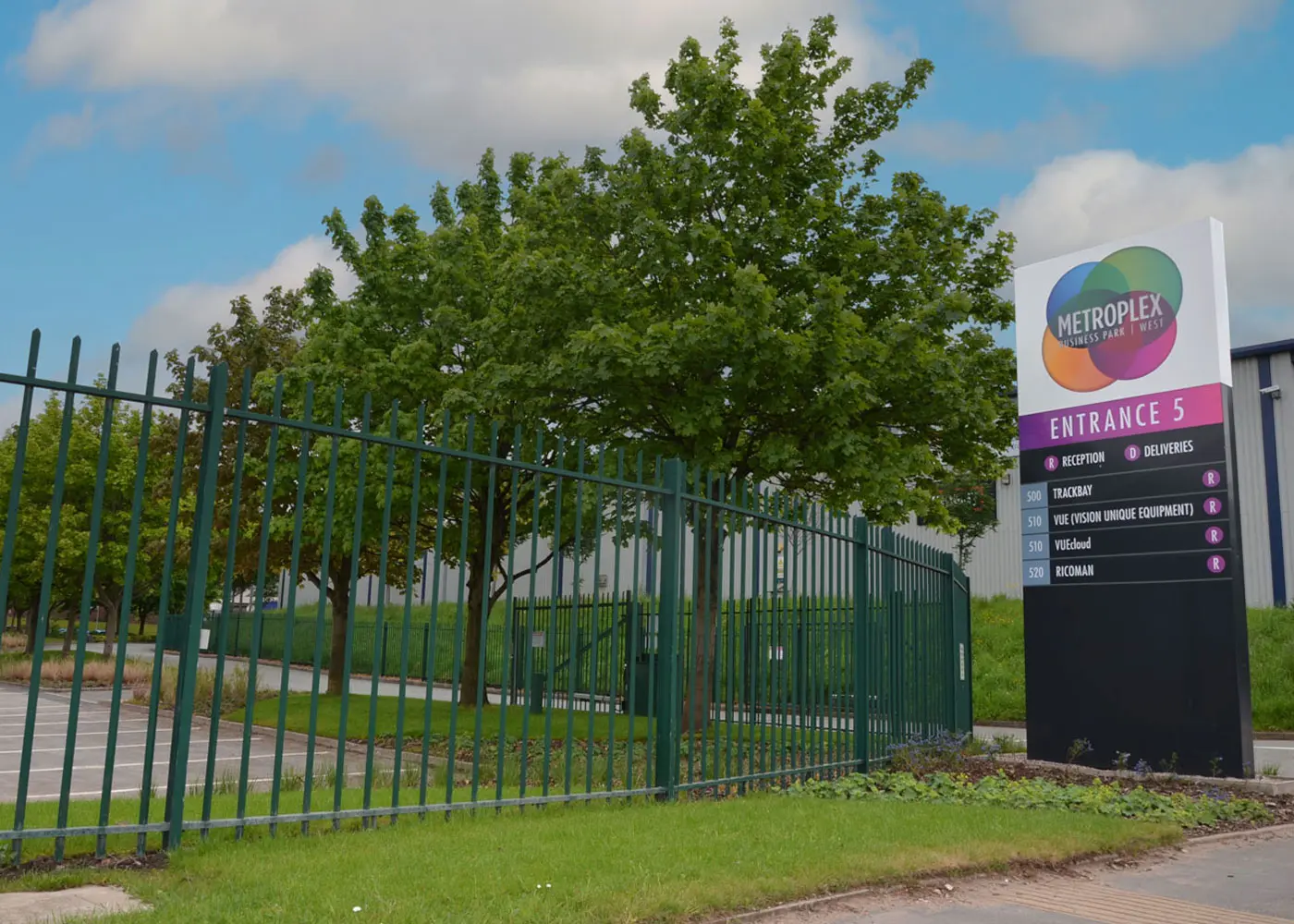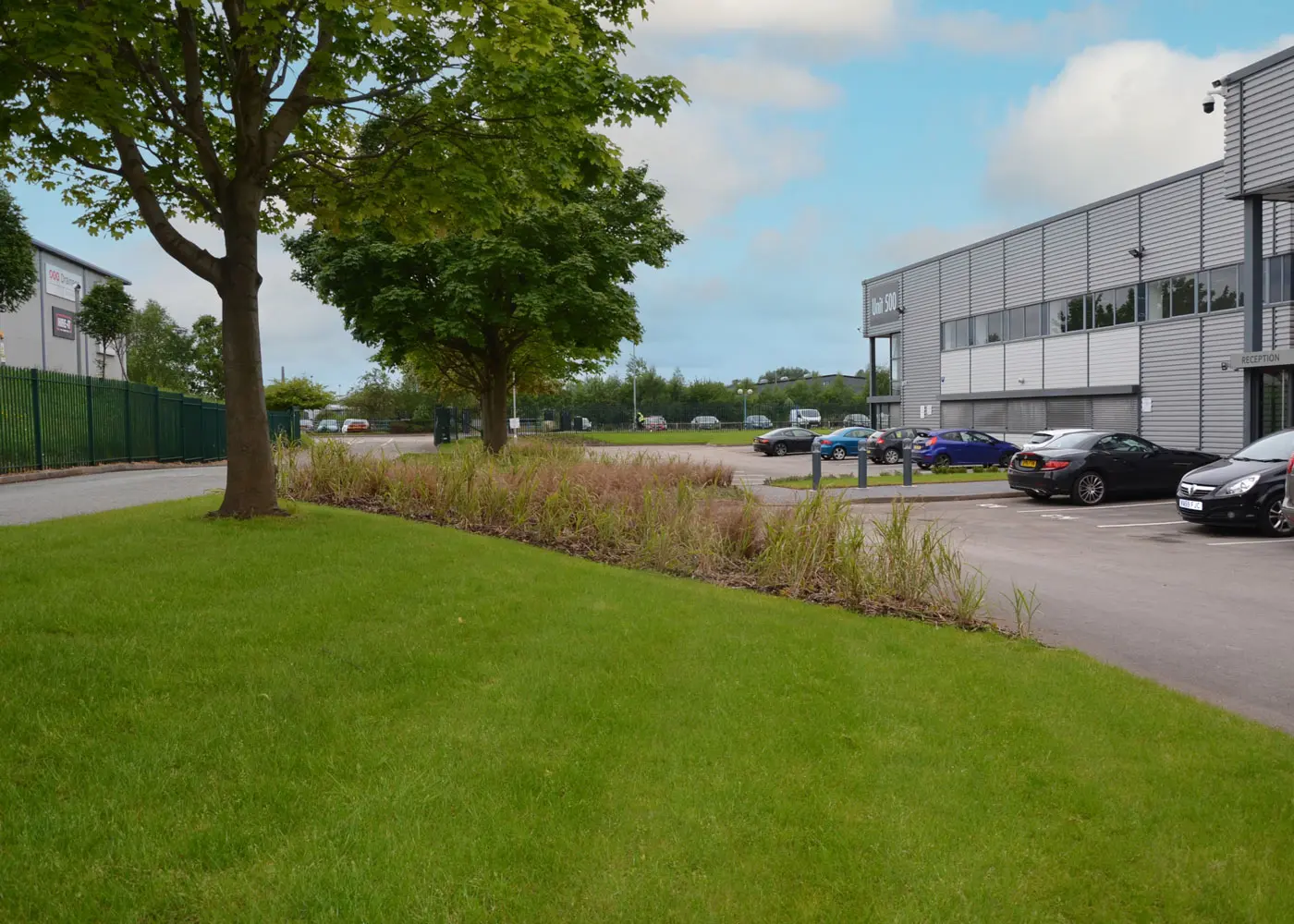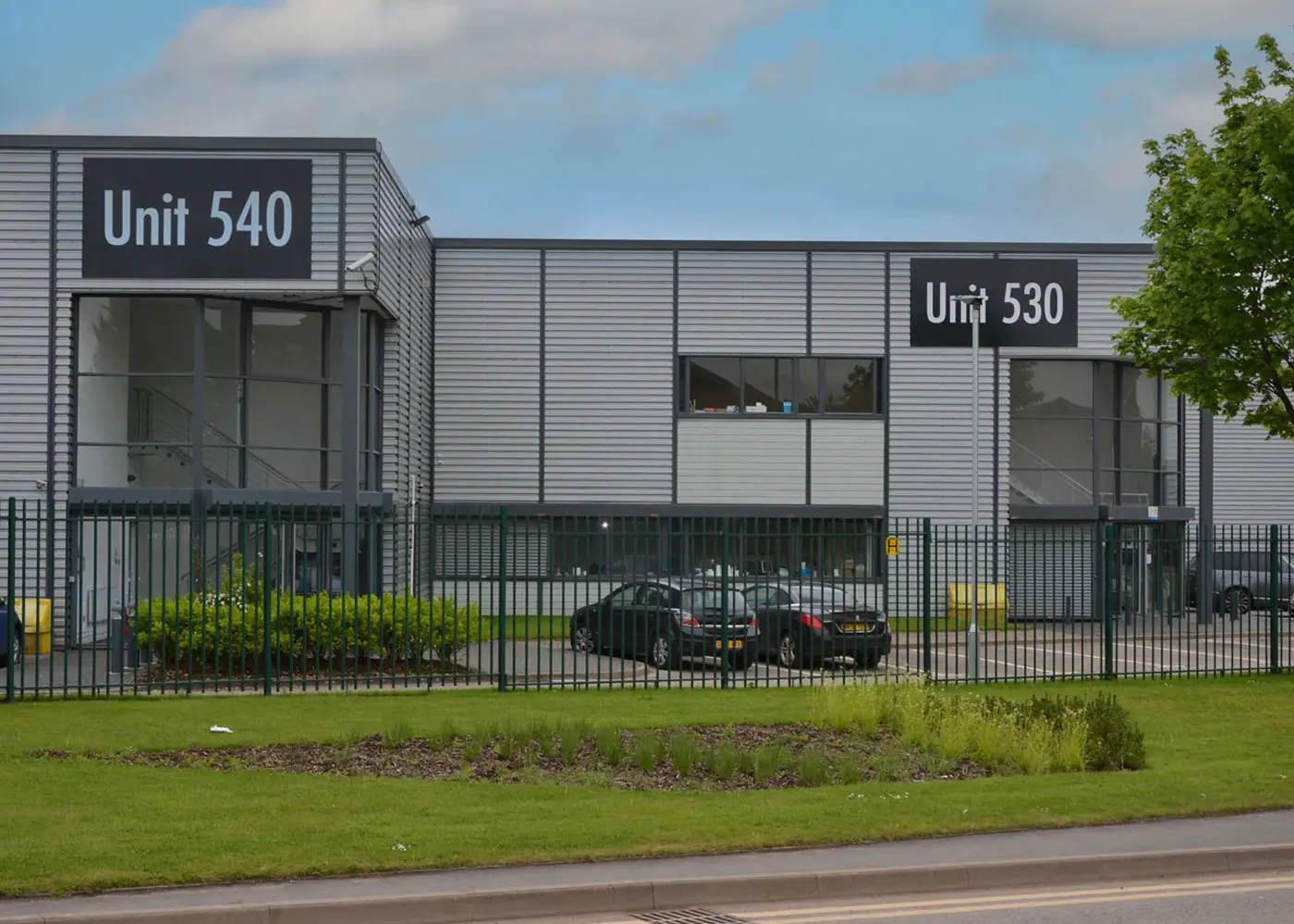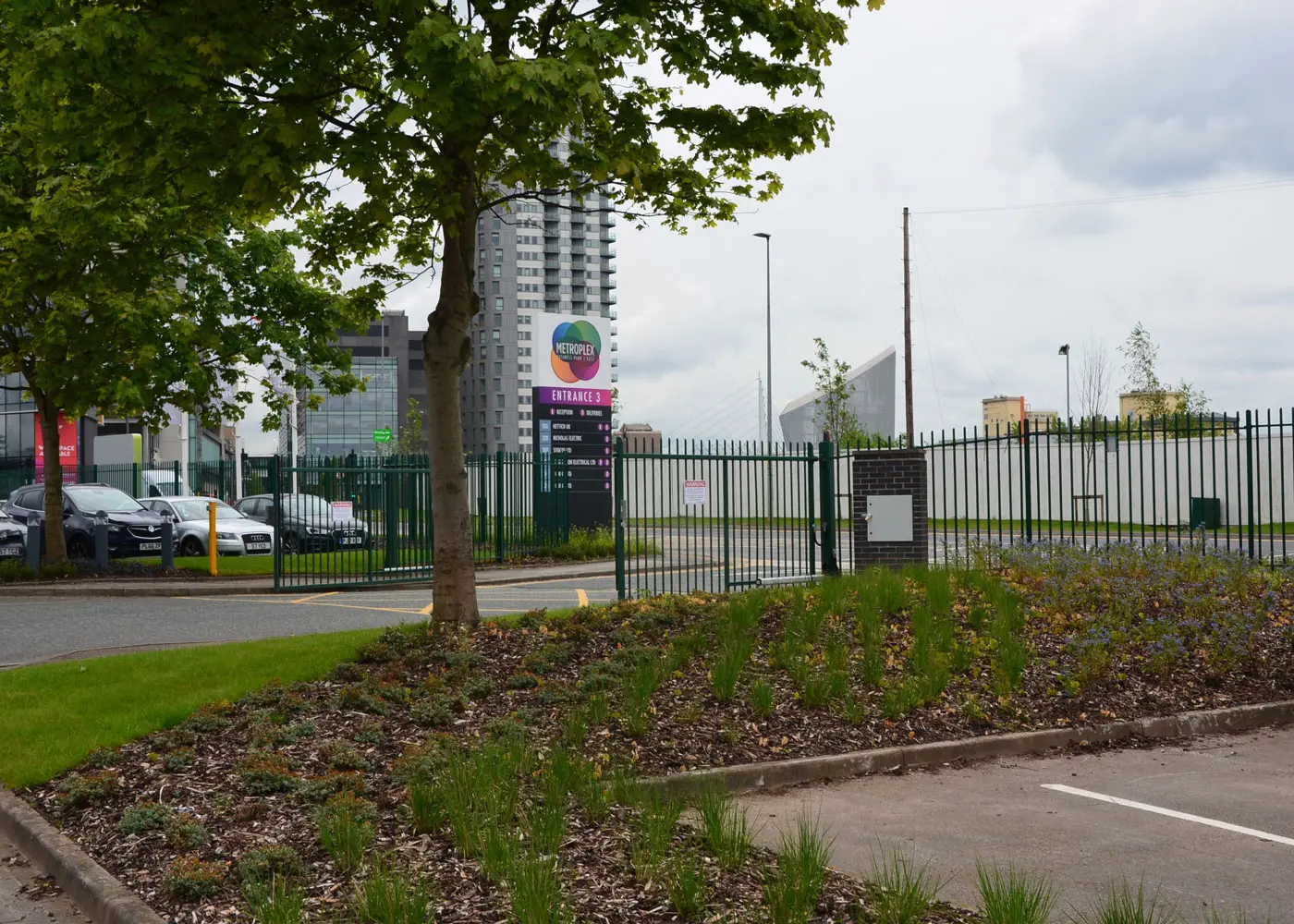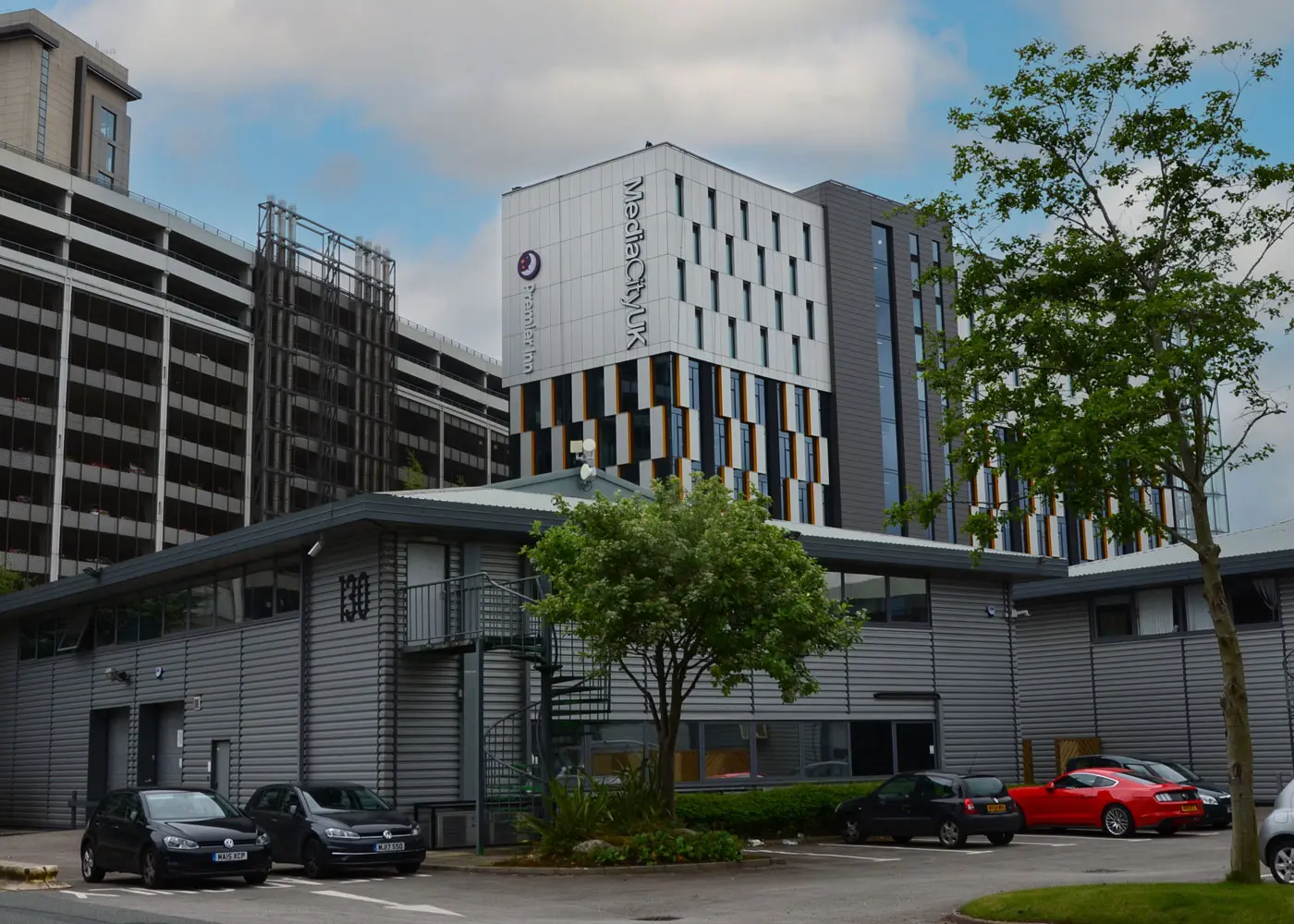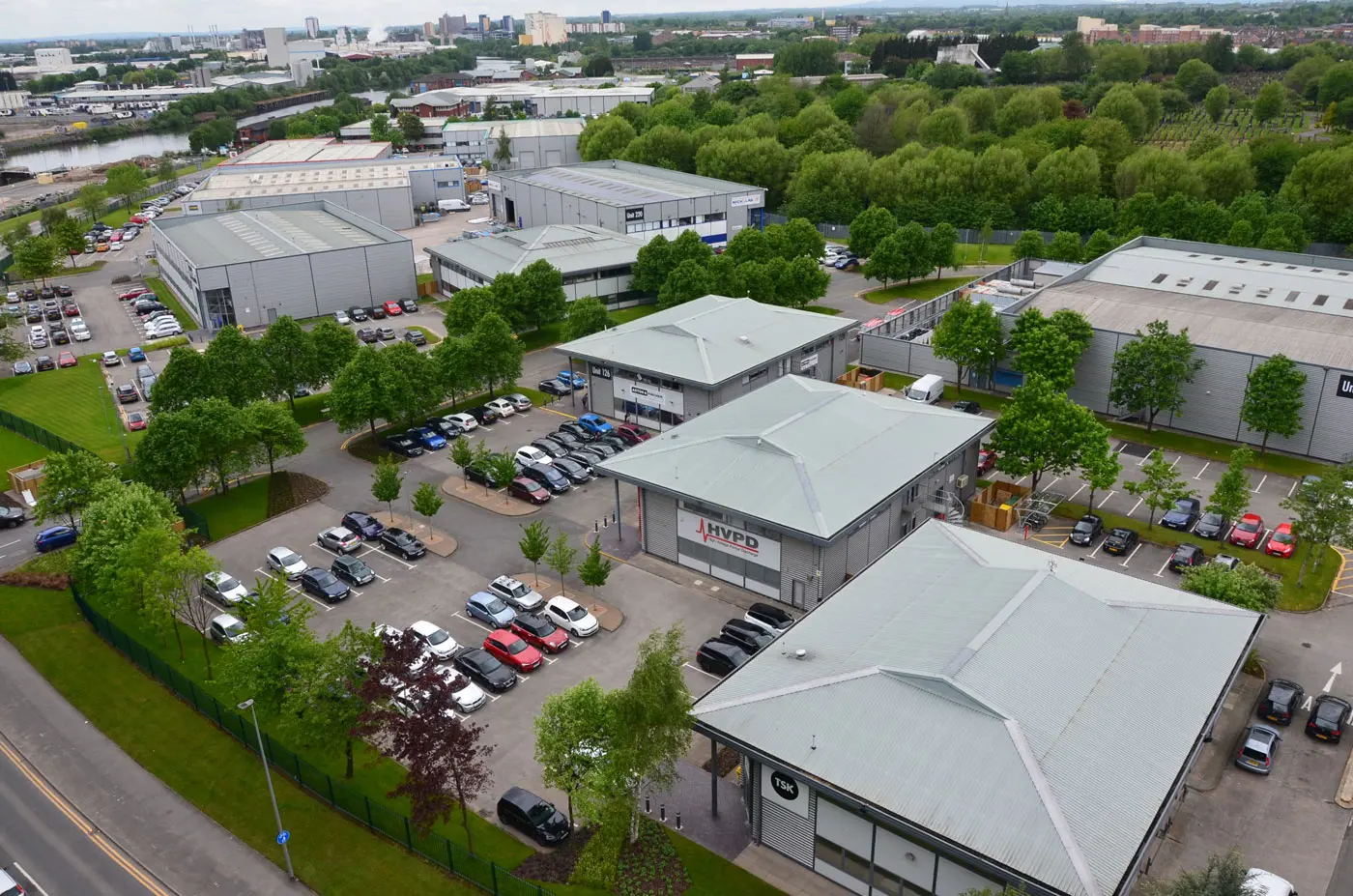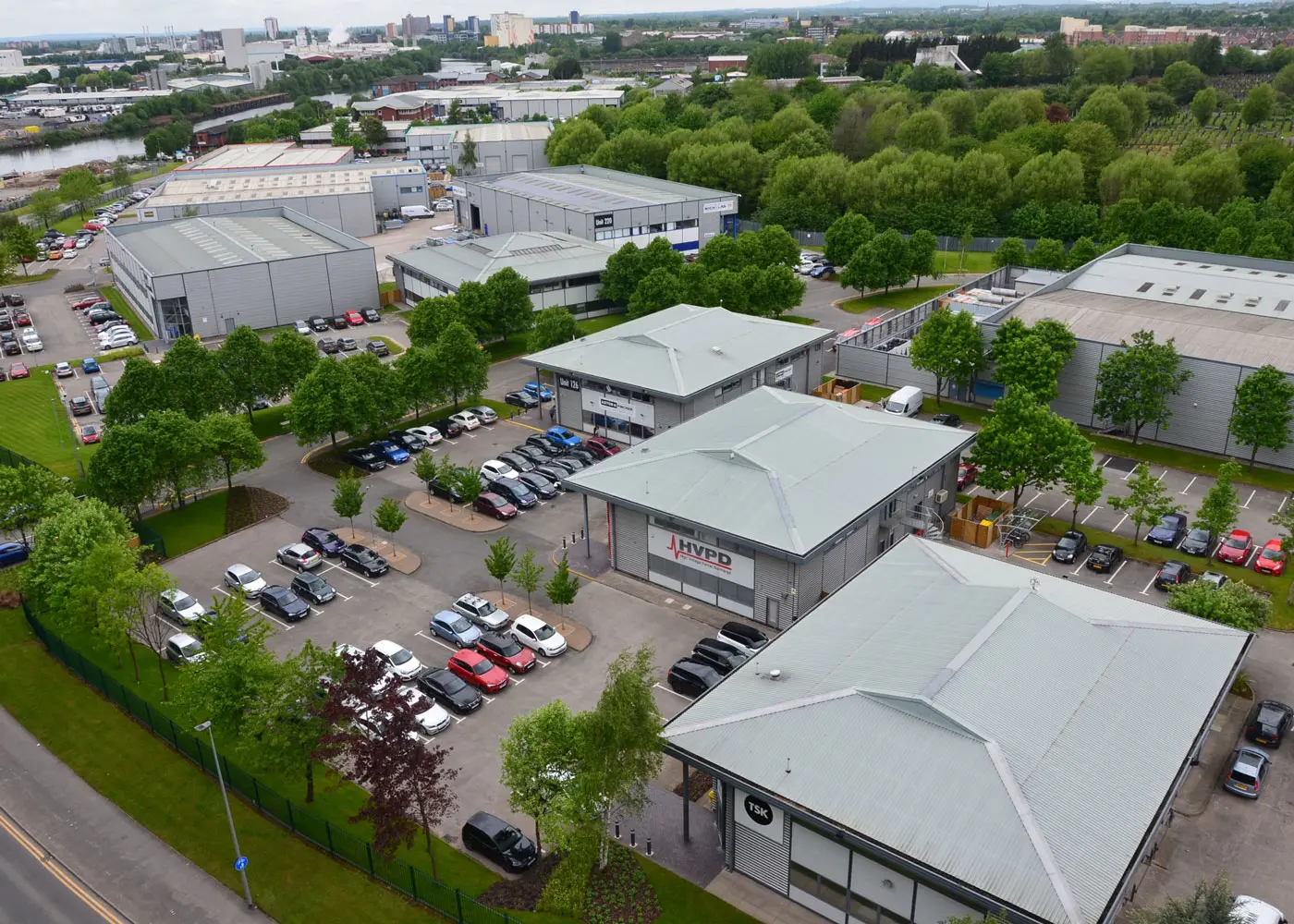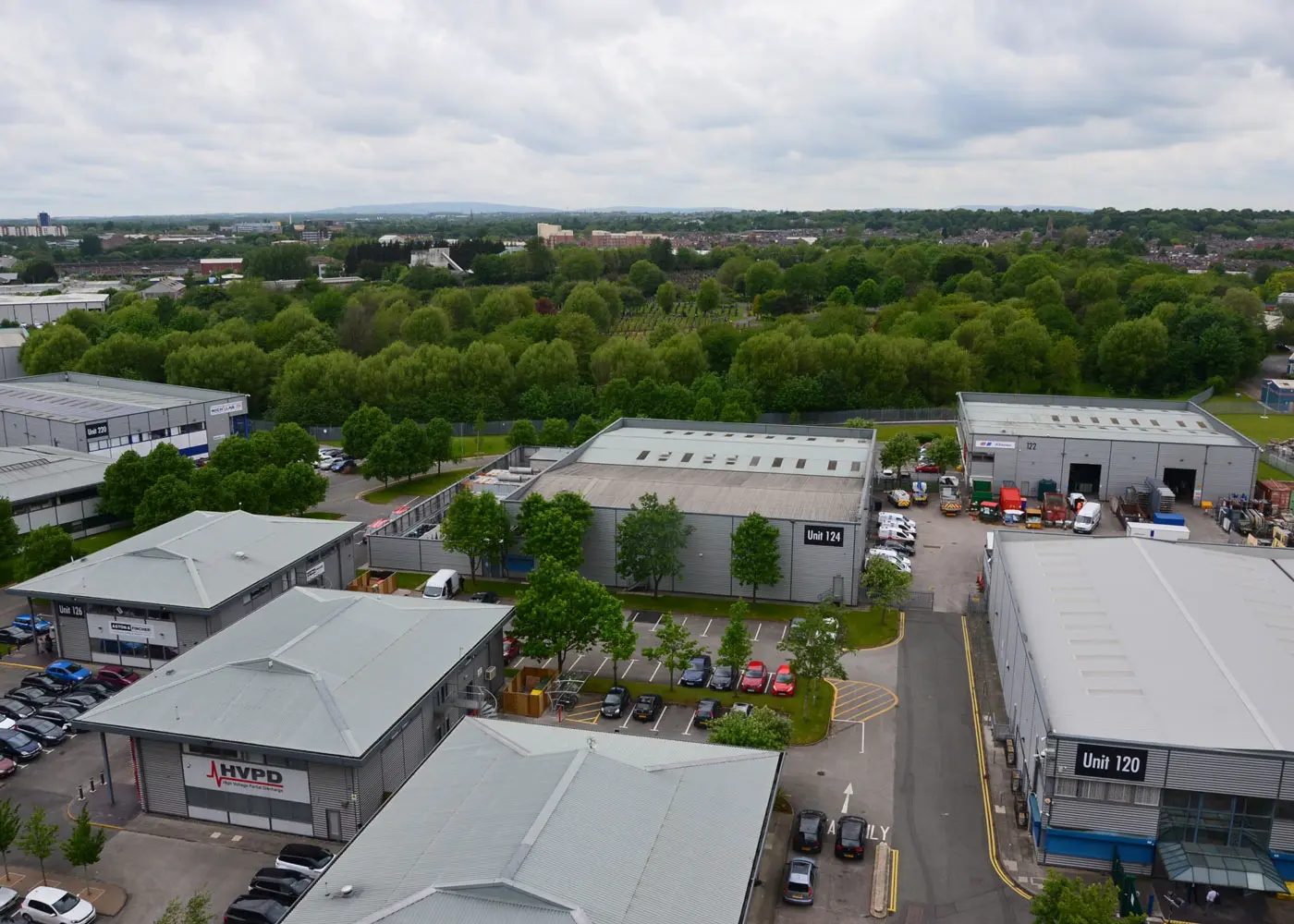Our Projects
Metroplex Business Park, Media City The hard grind of consistency

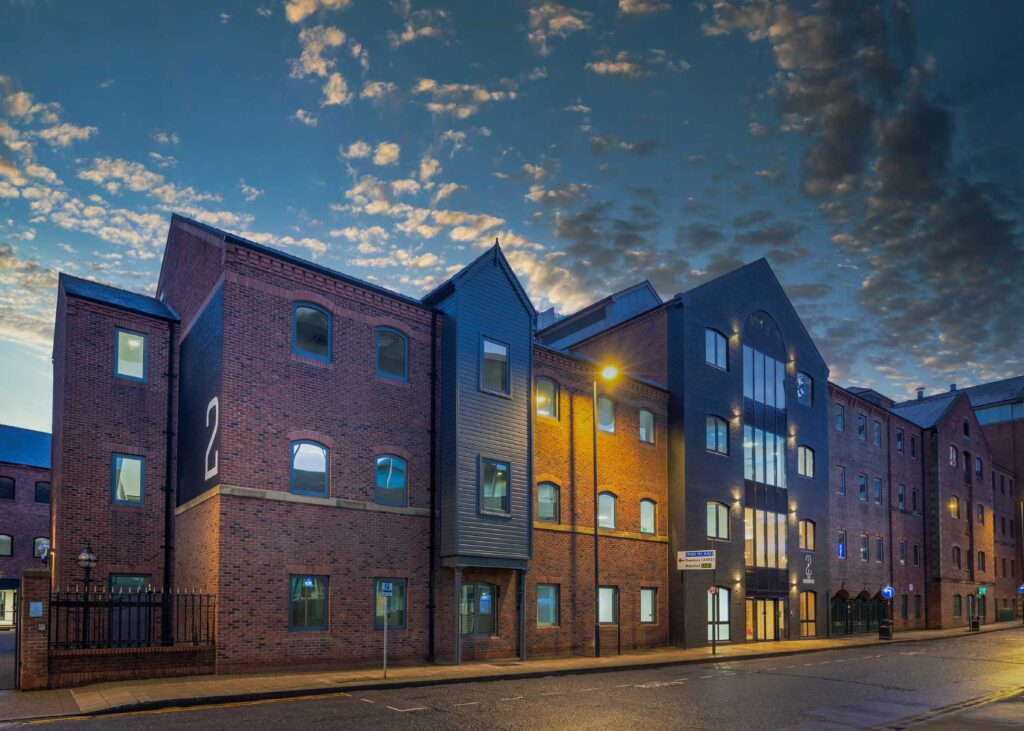
Case studies are often examples of a single change to a building accompanied by lots of pretty pictures but never with any commentary on how this change stood the test of time. What happened 3, 5 or even 10 years later?

This is the story of consistently doing the right thing day after day and doing it well. If you think that doing the right thing these days just seems increasingly more difficult to do then this is a great example of what you achieve if you do.
The Metroplex Business Park in Media City is an invention from the 1980’s. It’s an industrial estate where the units have a high office content. It was developed on the back of enterprise zone status. For years it was the glamorous ‘last stop’ on Broadway in Salford before the sewerage works. It sits opposite the Manchester Ship Canal and for years, the empty site which is now the home to Media City. Our client didn’t actively seek to acquire this estate but more ‘gifted the management’ of it by virtue of a wider corporate acquisition. They appointed Yoke as lead surveyors to drive the asset in the face of huge investment in the location from others.
The estate is c. 355,000 sq.ft and generally consists of warehouse units ranging from c. 4,000 sq.ft to 24,000 sq.ft. There is 1 property built to a better spec but this is newer, extending to c. 60,000 sq.ft. The general arrangement is shared yards and parking areas, 6m eaves, metal roofs and office contents which vary from 15% to 50%. There is a huge frontage to Broadway and Media City but 10 years ago when our client took control of the estate, you simply couldn’t see the estate from the road such was the maturity of the landscaping. Our first interaction with Metroplex wasn’t a good one. We drove past gates 6 to 2 because we didn’t see the signs saying we’d arrived, nor could we see many of the buildings and it wasn’t unit we got to gate 1 that we realised we’d arrived.
The biggest investment in this location since the Ship Canal was built was about to happen but Metroplex was not positioned to be part of it.

Our advice was straight forward here:
- give the estate presence and an identity
- give visitors a sense of arrival
- re-establish profile and prominence
- present the buildings well
- properly manage the associates costs (service charge etc)
If you intensively manage all the other working parts, then all the things property investors crave should follow on. It’s ‘managing the other working parts well’ that’s the underlying story here and its that which drives the investment credentials below.
Metroplex before works
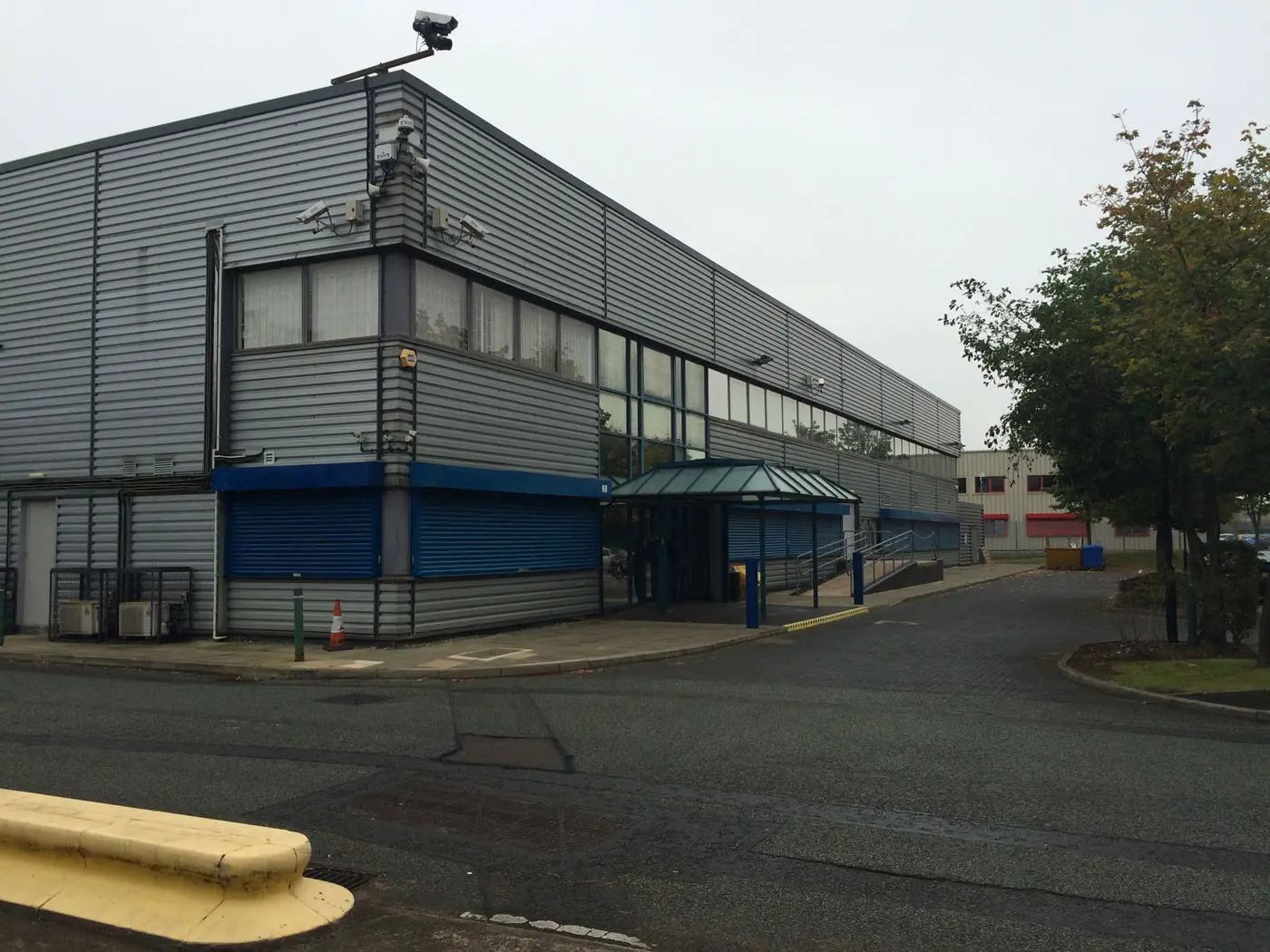
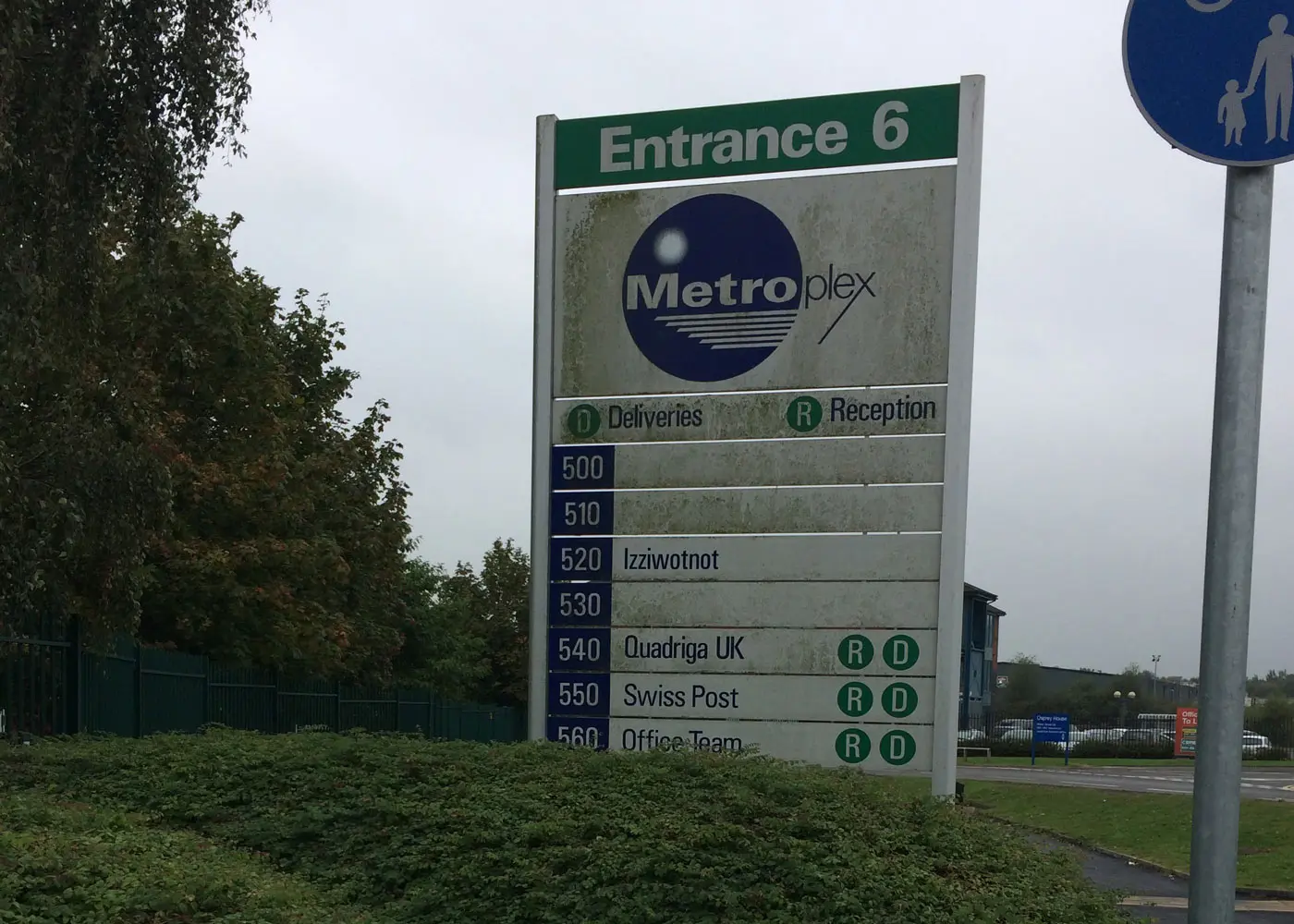
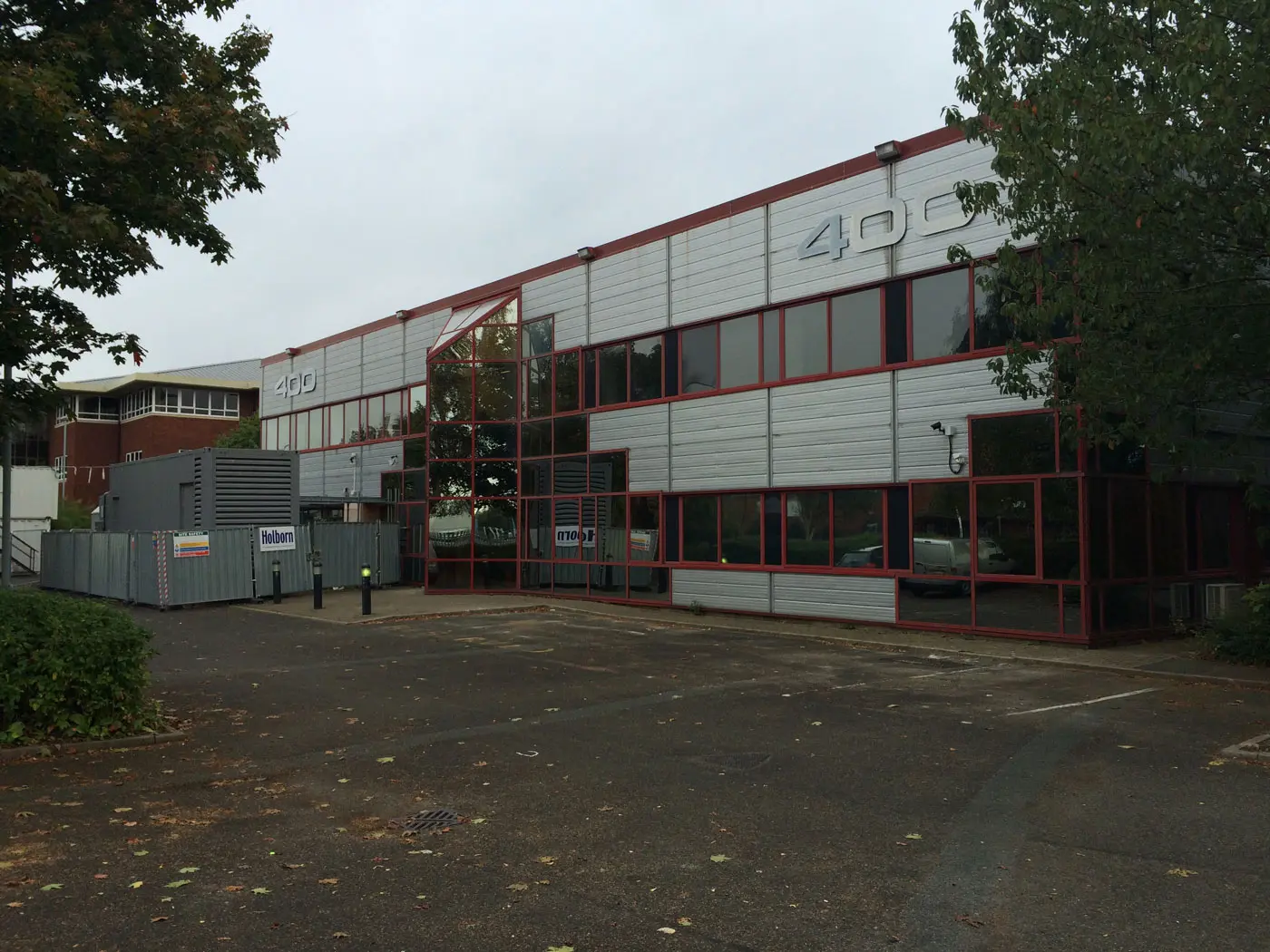
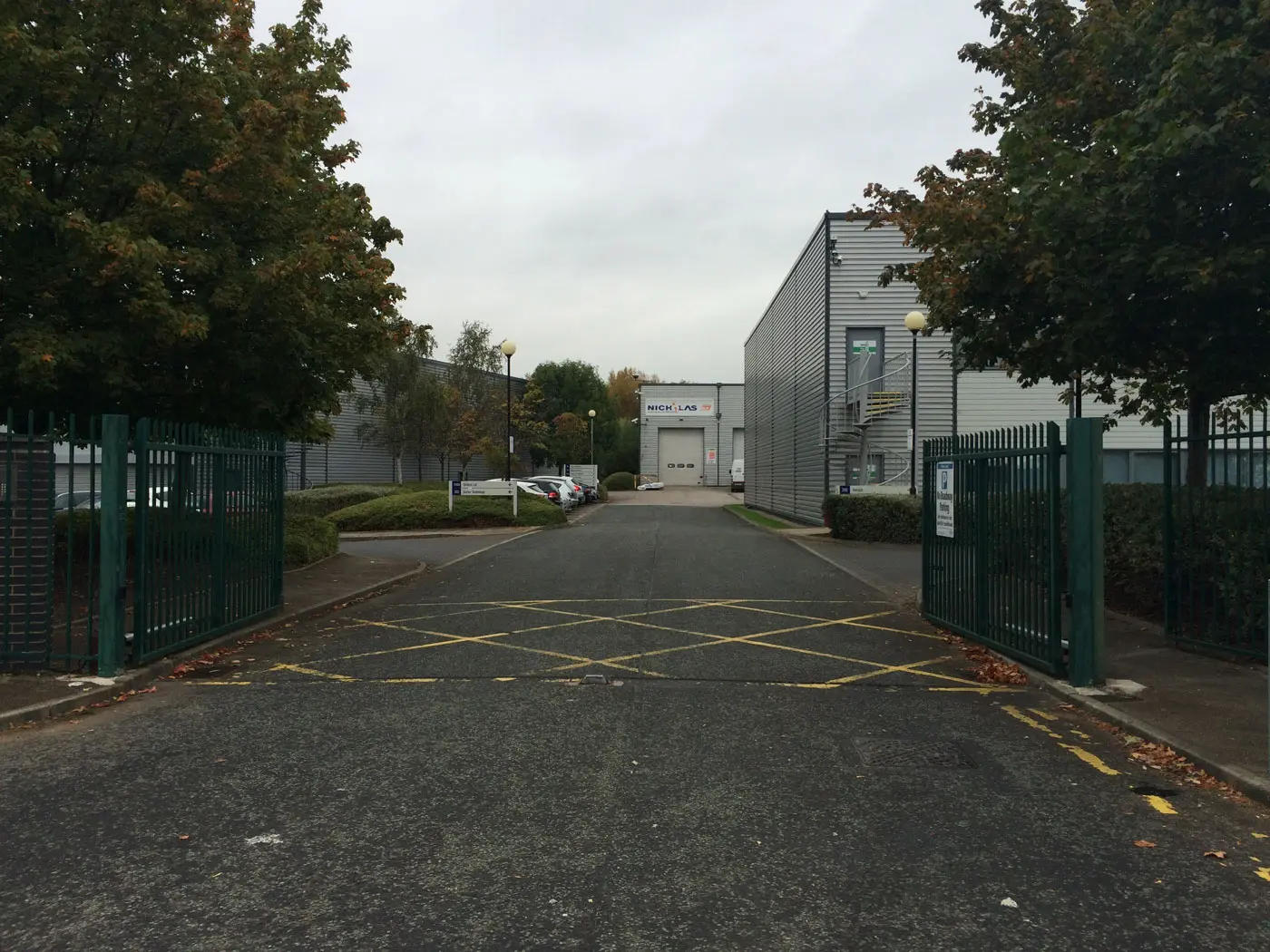
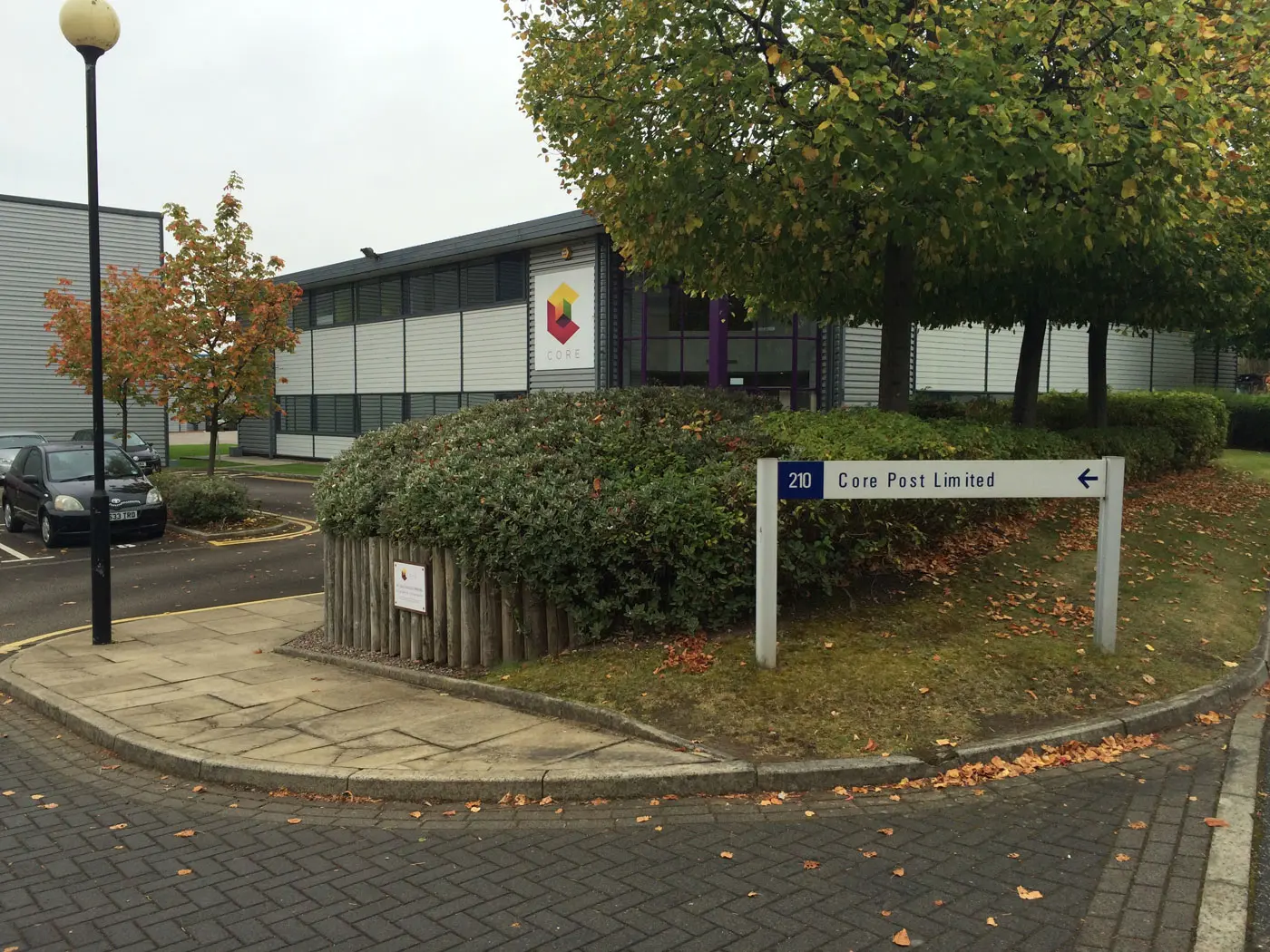

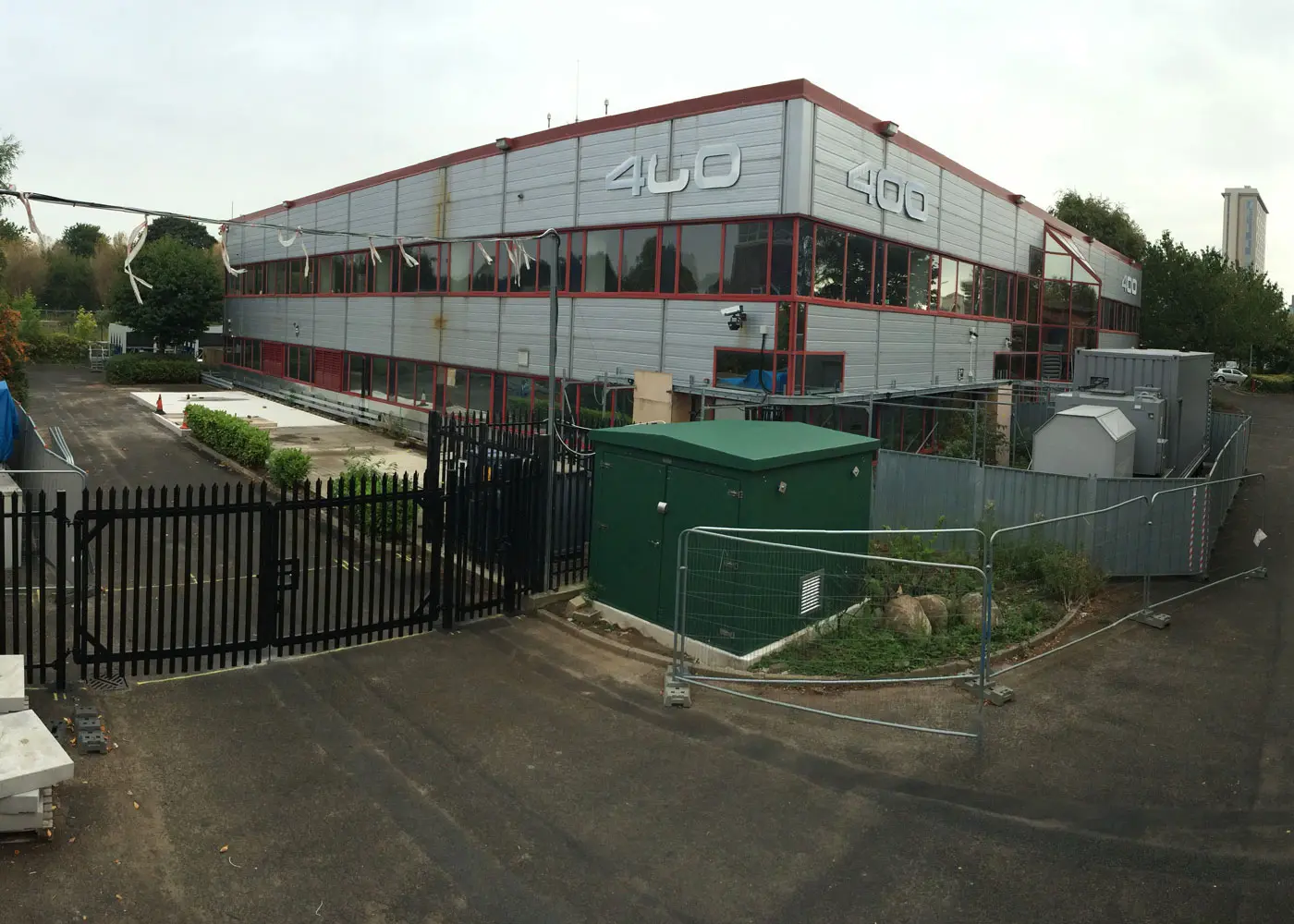
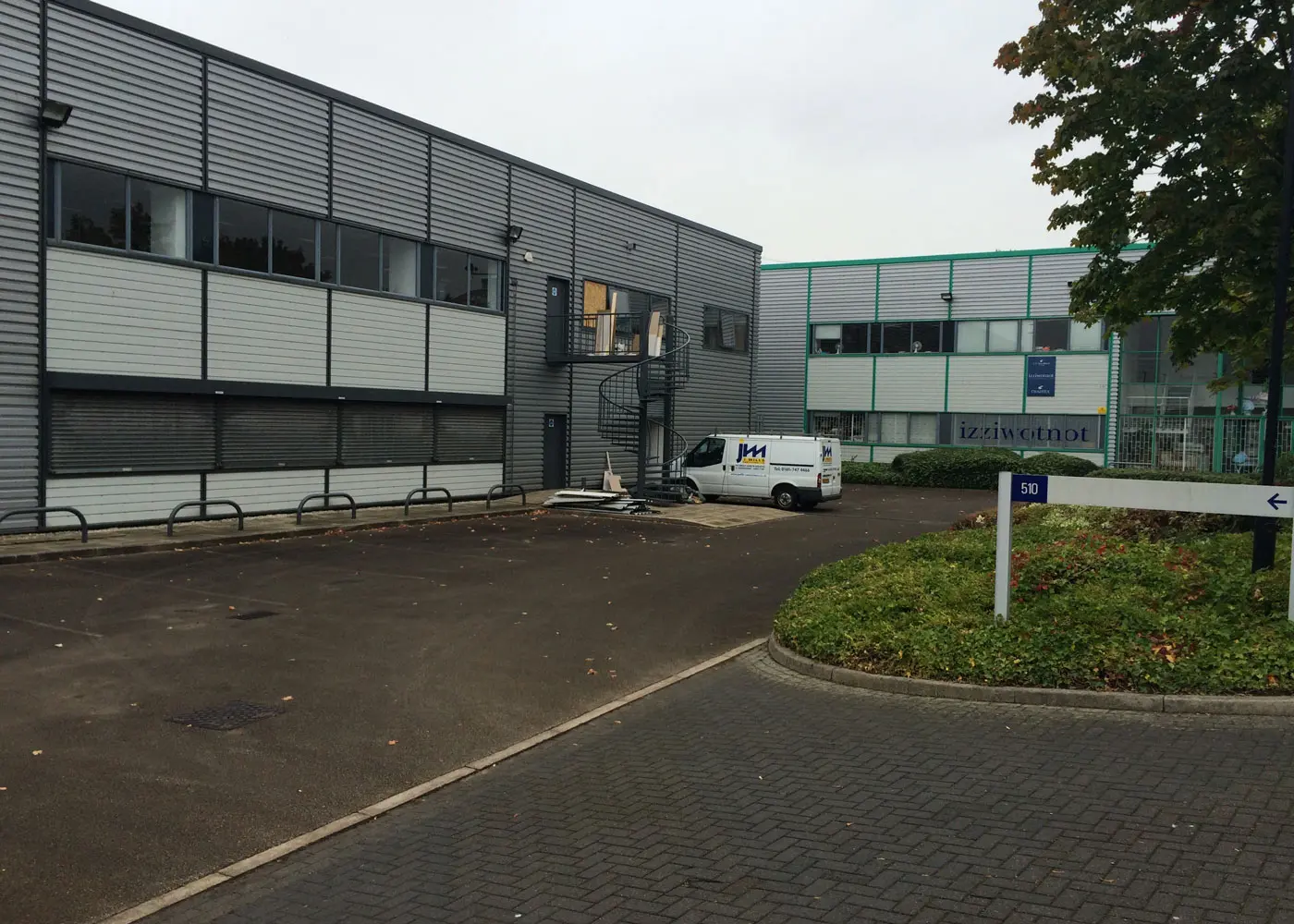
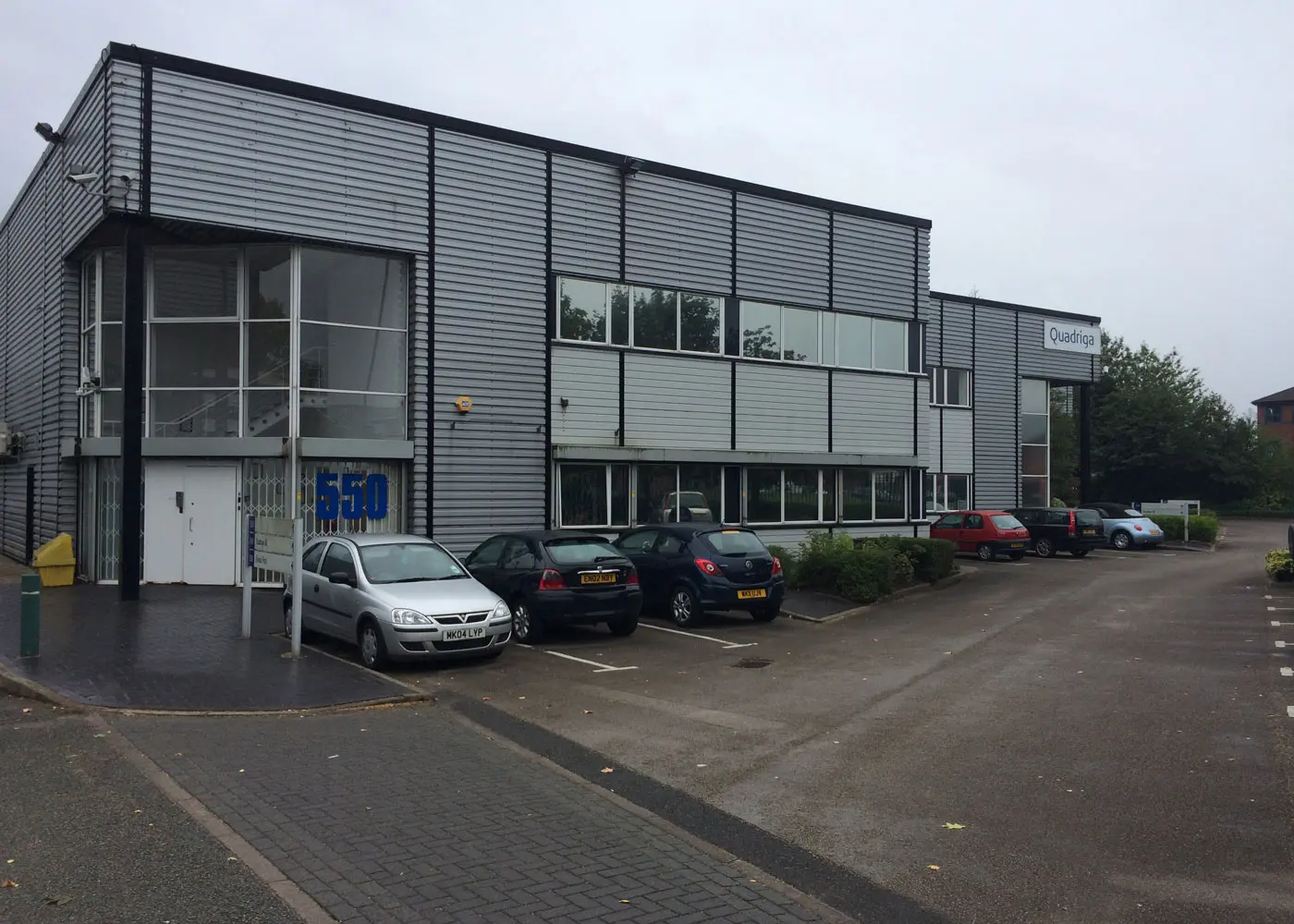
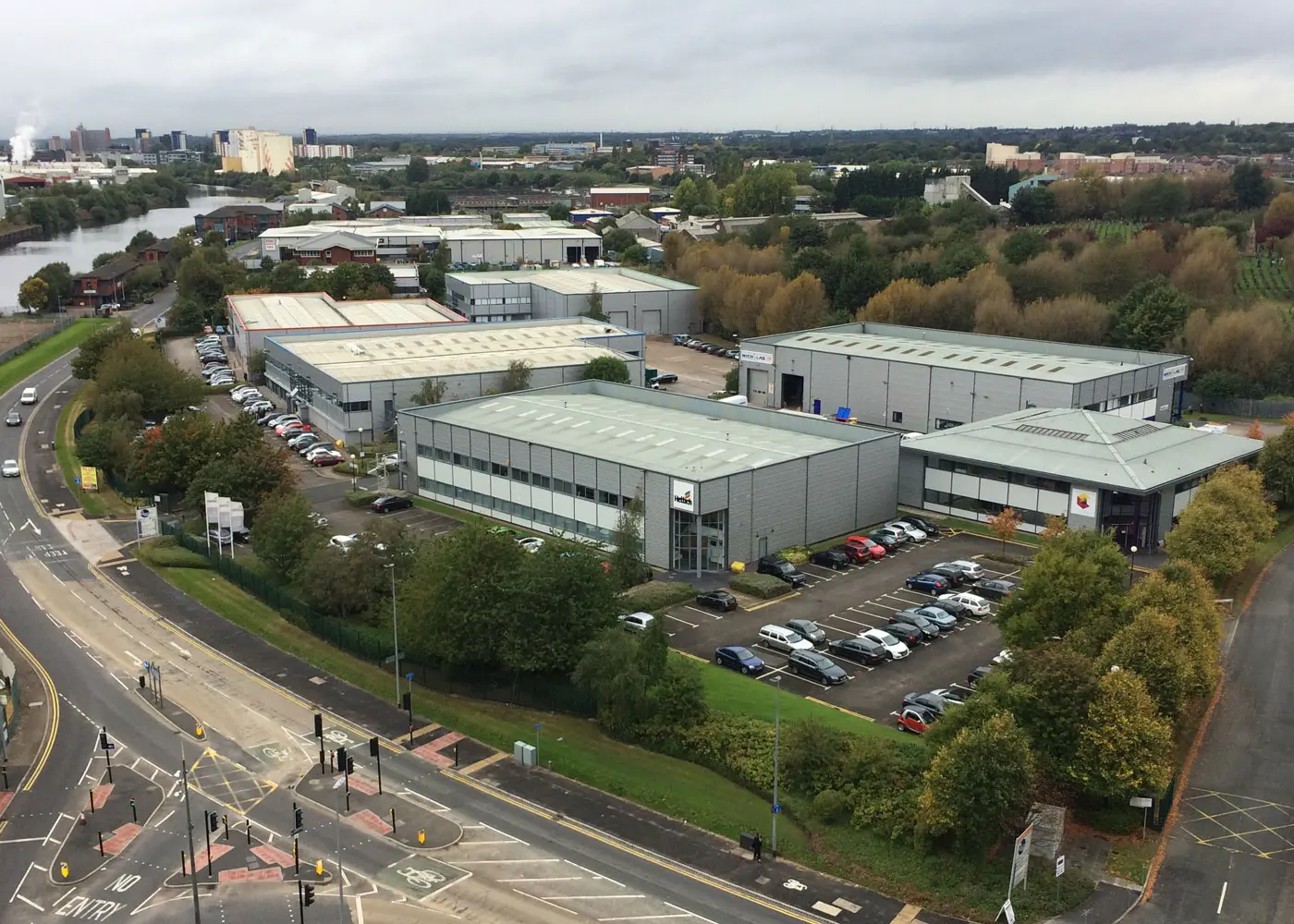
Net income has increased annually.
It has doubled in the 9 years since appointment.
Lowest rent in 2015 was £4.75 sq.ft on a 10,000 sq.ft unit.
10,000 sq.ft. – 25,000 sq.ft. units now command £9 sq.ft
The base rent is now £14 sq.ft on a 6,200 sq.ft unit.
The before and after images at Metroplex speak for themselves. The investment transformation was seeded in 2015 with investment in the common parts which was profound and welcomed by every occupier. The landlord forward funded the works but only recovered half through the service charge, which was spread over 5 years to avoid a occupational cost spikes. Since the repositioning completed in 2016, the void rate on the estate has predominantly been nil. Those units that have become vacant have often gone under contract to the next occupier before refurbishments have completed. The hidden estate with a constant void rate over 10% is now fully let and highly visible.

Todays’ issue is MEES. The days of replacing an old boiler with a modern efficient one and installing LED lights are no longer enough to achieve and maintain environmental compliance. This estate is now the subject of intense EPC interrogation.
This involves a sea change in the standard of refurbishment which now include:
- Electrical heating systems / air conditioned offices
- Replacement windows with double glazed equivalents
- Modern LED lighting
- Motion sensors
- Roof / gutter redecoration to prevent corrosion
- EV charging points
- Office insulation
- Minimum B EPC rating
Metroplex post works
